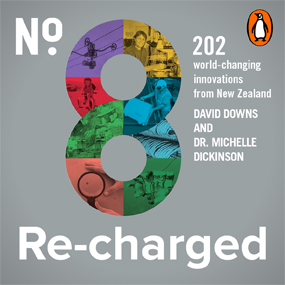New Zealand Artwork That Really Makes Its Mark
Tā moko is the traditional Māori art of marking the skin. It is very different from a tattoo and is considered a great cultural privilege. Australia’s National Gallery’s curator, Pacific Arts, Crispin Howarth, says, “A tattoo in our culture is something you go to a shop for and acquire with money. Moko is something you receive when your family, community, everyone think that you’re ready to receive.”
Howarth curated Māori Markings: Tā Moko. The exhibition, which has just opened at the gallery, features paintings, drawings, prints, photographs, sculptures and other works depicting moko from the 18th century until modern times.
Tā moko was outlawed in 1907 by the New Zealand government’s Tohunga Suppression Act that repressed the spiritual and educational role of Māori experts (tohunga) and Māori cultural practices.
But, Howarth said, the law faded into disuse and the 1990s saw a resurgence in tā moko.
Traditionally made with a sharp chisel known as uhi – though now often done with tattoo equipment – tā moko marks a person with unique patterns on any part of the body. It’s a combination of traditional designs and artistic expression.
Māori Markings: Tā Moko is on at the National Gallery of Australia until 25 August.
Original article by Ron Cerabona, The Sydney Morning Herald, March 23, 2019.















